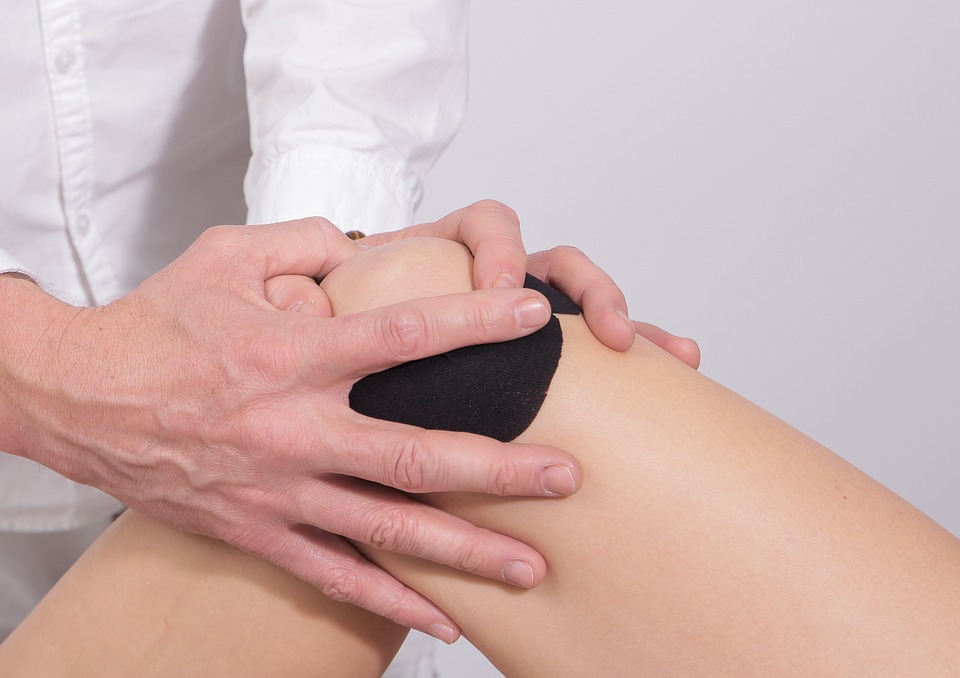Painful knees are one of the toughest battles that most adults face as they age. The knee joints are most often the first set of joints to lose the battle of strength, resulting in innumerable painful symptoms. W Ayurveda categorizes knee joint pain as a Vata disorder, with kapha influences. Interestingly, Ayurveda also connects ama or toxins as a result of digestive complications to knee joint pain. Let’s find out a little more about how you can manage knee pain with food, exercise, and massages. Since this condition is a common bother for many of my patients at my Ayurveda clinic in Chennai, I feel that this little detail will help many of us face knee pain with more confidence.
What causes Knee Joint Pain?
A million reasons can contribute to knee pin – it could range from a simple sprain that just needs some simple rest and Ayurveda-based pain remedy to complications the bone tissue due to lack of nutrition. The latter part of the spectrum of causes raises many concerns. The health of your knee joints depends a lot of the health of your bone tissues. Hence, conditions such as degeneration, in-depth infection, osteoarthritis, and other similar conditions can lead to severe knee pain. Inherent nerve conditions can also lead to knee pain. However, the most interesting connection is between toxins in the digestive system that enter the bone tissues and knee pain. These toxins or ama causes inflammation and severe knee pain. The response of your knee joints to these triggers varies depending on your body’s strength.
Symptoms accompanying knee pain
Many symptoms accompany knee pain, which helps Ayurveda doctors make a confirmed diagnosis. Some of the extremely common symptoms accompanying severe joint pain include stiffness, inflammation, swelling, tenderness, limited ability to move or carry weight, and a distinct coloration.
Managing knee pain
While treating the core cause is essential for getting rid of knee pain, you must be equally watchful about managing knee pain during your recovery period. The approach includes multiple focal points.
- Helping the joints in detoxification and rerouting the ama back to the digestive tract and subsequent elimination
- Efficient nutrition to the bone tissues
- Restoring healthy circulation to the knees
- Complete cleansing
- Gentle lubrication of the joints to relax surrounding muscles
Knee joint–friendly food
The following food item is found to be incredible for the knees
Ginger is a natural healer, given its anti-inflammatory nature. Adding ginger as a flavoring agent or as ginger tea can work wonders.
The very trustworthy turmeric is known for its antiseptic effect and is equally effective in getting rid of severe inflammation that accompanies knee joint pain
The sap from the bark of the Banyan tree has tremendous pain relief effect – hence using this ingredient often helps in masking the severe pain.
Ashwagandha helps in improving the strength and immunity of the body and in delivering anti-inflammatory effects.
Triphala heals by eliminating toxins such as uric acid from the joints and hence curing inflammation of knee joints.
Massage
Massages that focus on the knee joints relax the region, ease the pain, remove the stiffness and improves blood circulation. This helps with easily moving the affected region. Similarly, alternate heat and cold compress helps in relieving the pain and improving circulation
Yoga and exercise
A carefully planned exercise regimen is critical for recovery from knee joint pain. But avoid self-training and take the support of an Ayurveda doctor who can help you choose the right regimen of exercises
While the actual inherent cause of knee pain definitely requires attention and cure, you can definitely use a healthy combination of the above approaches under the watchful eye of your Ayurveda physician to gain relief from pain.
Contact me for any questions you have about knee joint pain and its inherent causes and cure. You can connect with me at http://www.miayurveda.org/ or call me at +91-9444615161.


